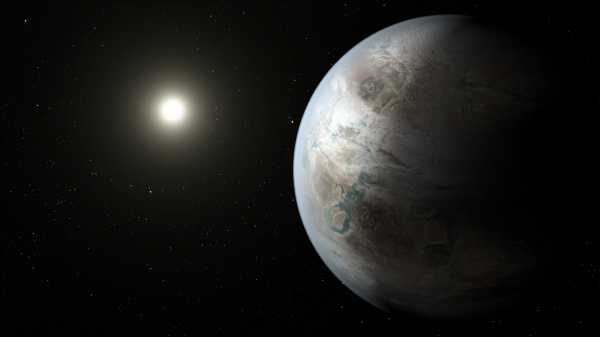
When NASA launched the Kepler Space Telescope in 2009, astronomers had discovered a few hundred exoplanets — planets that orbit stars outside our solar system.
Surveying and studying these exoplanets is the first step to finding out if there’s a planet like ours out there — one with oxygen, liquid water, and possibly life. These discoveries help us understand how special is the Earth in the grand scheme of the universe.
When NASA finally retired the Kepler Space Telescope this week after it ran out of fuel, the mission had helped discover more than 2,600 exoplanets. Kepler even likely discovered a moon outside our solar system. Thanks to Kepler, we now know there are more planets than stars in the Milky Way galaxy.
To really get the perspective of how both big and small,Kepler’s discoveries are, take a look at this GIF. Every bright dot represents a planet Kepler has discovered. But when you zoom out, you see it’s only been looking at a small slice of our galaxy.
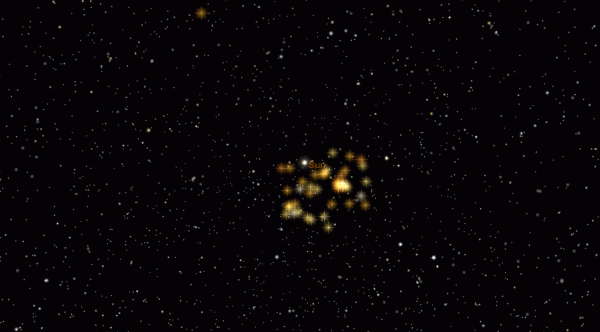

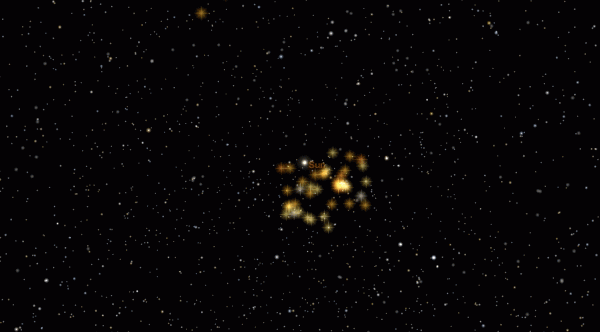
Here’s the final image from the GIF, zoomed in. The bright white blob represents the area in which Kepler found planets. There are so, so many more areas of the galaxy to explore.
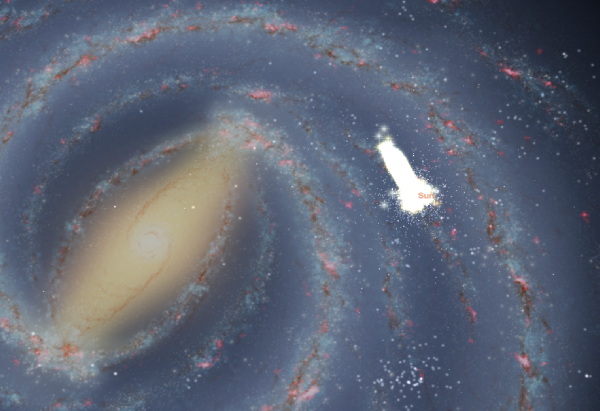
How Kepler found so many planets
Kepler — and the many scientists and engineers that worked on the project and analyzed its data — mainly found planets by staring at stars. In its orbit some 94 million miles above the surface of the Earth, Kepler kept close watch on the light emanating from thousands of stars. This is called the transit method: The star’s light momentarily dims when a planet, in orbit around a star, crosses in front of it.
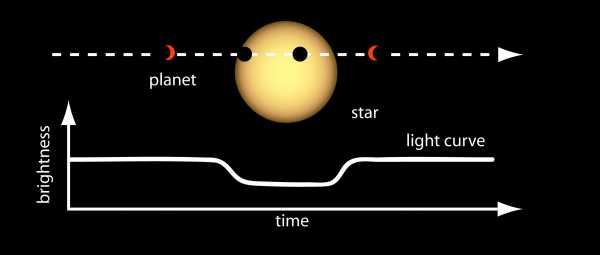
From these tiny blips of light, Kepler gathered enough data to determine the size of the planet and its distance to its star. Scientists can then make some guesses as to whether the planet is rocky or gaseous. (Huge planets the size of Jupiter are thought to always be made out of gas, while smaller planets are most likely rock.)
They can also determine if the planet resides within the star system’s habitable zone — that’s the distance away from the star where liquid water could possibly exist. As far as anyone on Earth knows, life requires liquid water. If we’re searching for life in the universe, we should start by looking for the conditions we know to be conducive to it.
Finding planets in habitable zones is no guarantee they’ll be hospitable, though: Mars, technically, is in the habitable zone of our solar system. And it is not very habitable.
The images of the stars themselves aren’t much to look at. For instance, here’s what Kepler saw when it looked at Trappist-1, a star system that has seven Earth-sized planets in orbit around it. It’s just a blip of slightly changing light.
The Trappist planets were first discovered by a telescope in Chile, but Kepler was able to confirm some of the details about the planets in its own observations.
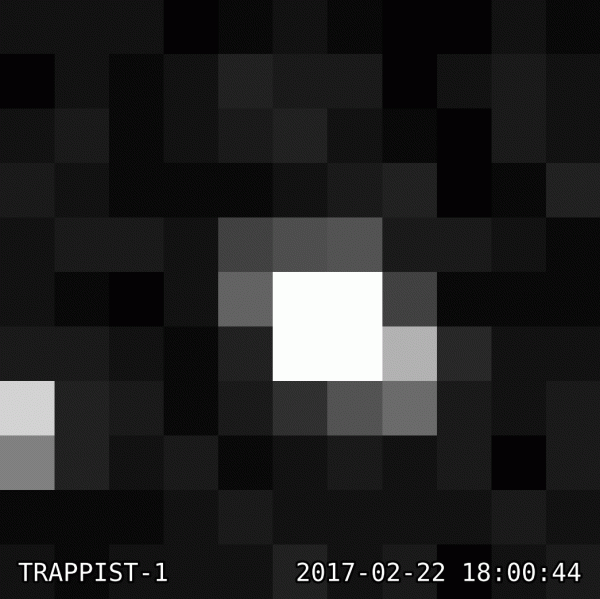

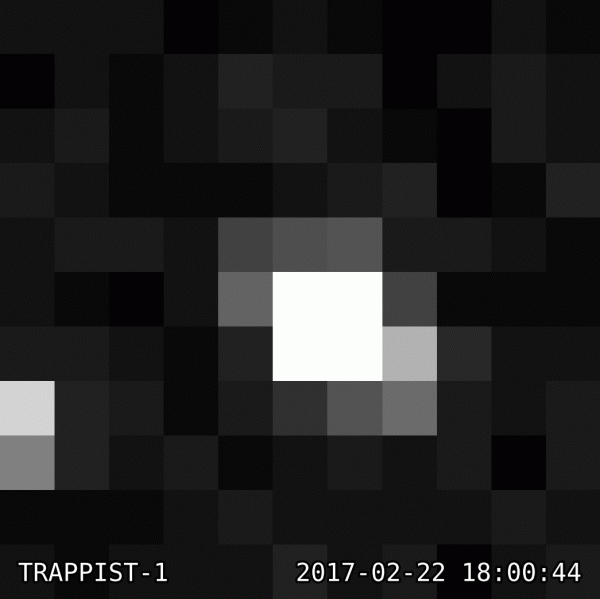
Kepler’s discoveries help us imagine worlds beyond our own
Kepler’s discoveries number in the thousands. Some are gas giants, like Jupiter or Saturn. Others are small and rocky, like our own Earth or our dead neighbor Mars. Many are a class of planet we don’t see in our solar system: rocky planets larger than the Earth, or gaseous planets smaller than Neptune (the smallest gas giant, measured by diameter, in our solar system).
Kepler’s discoveries invite us to imagine a future where we can travel to habitable worlds out in the galaxy.
Think about the planet named Kepler-186f, a roughly Earth-sized rocky world about 500 light years away in a star’s habitable zone. Kepler-186f’s star is much smaller and redder than ours.
“If plant life does exist on a planet like Kepler-186f,” NASA writes, “its photosynthesis could have been influenced by the star’s red-wavelength photons, making for a color palette that’s very different than the greens on Earth.”
NASA created this mock tourism poster for this exoplanet (and for other exoplanets as well) that plays up that possibility and implores us to wonder what it would be like to travel to such a red-hued world.

A feat of engineering saved the mission from an early demise
Kepler lasted nine years in space, but it almost didn’t make it. In 2013, the spacecraft suffered a malfunction when one of its key stabilizing wheels stopped working. Then a second one failed, and Kepler wasn’t steady enough to complete its star surveys.
In an innovative move, NASA engineers turned to our own star, the sun, to correct the problem. They used the pressure exerted by sunlight — yes, the force of the photons from the sun pushing on the craft — to help the spacecraft regain balance.
Here’s a diagram of the fix:
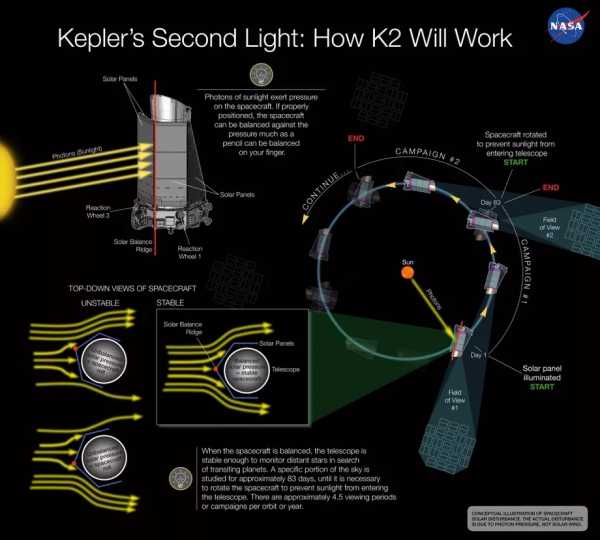
That led to a renewed mission, dubbed K2. Originally, Kepler was supposed to just observe stars in the constellation Cygnus, but in K2, it set its sights elsewhere in the galaxy and quickly began to find more exoplanets.
Don’t worry, there’s a new planet hunter: meet TESS
Now out of fuel, Kepler will remain in its orbit, which is around 400 times farther from us than the moon, for eternity. It will never come closer than a million miles to the Earth, NASA reports.
And even without Kepler we will still be able to find exoplanets. Earlier this year, NASA launched TESS, the Transiting Exoplanet Survey Satellite. For two years, TESS will monitor 200,000 stars looking for planets using Kepler’s transit method. Unlike Kepler, TESS will be able to survey nearly the whole sky.
Be assured, it’s going to find more worlds.
Sourse: breakingnews.ie
0.00 (0%) 0 votes


































